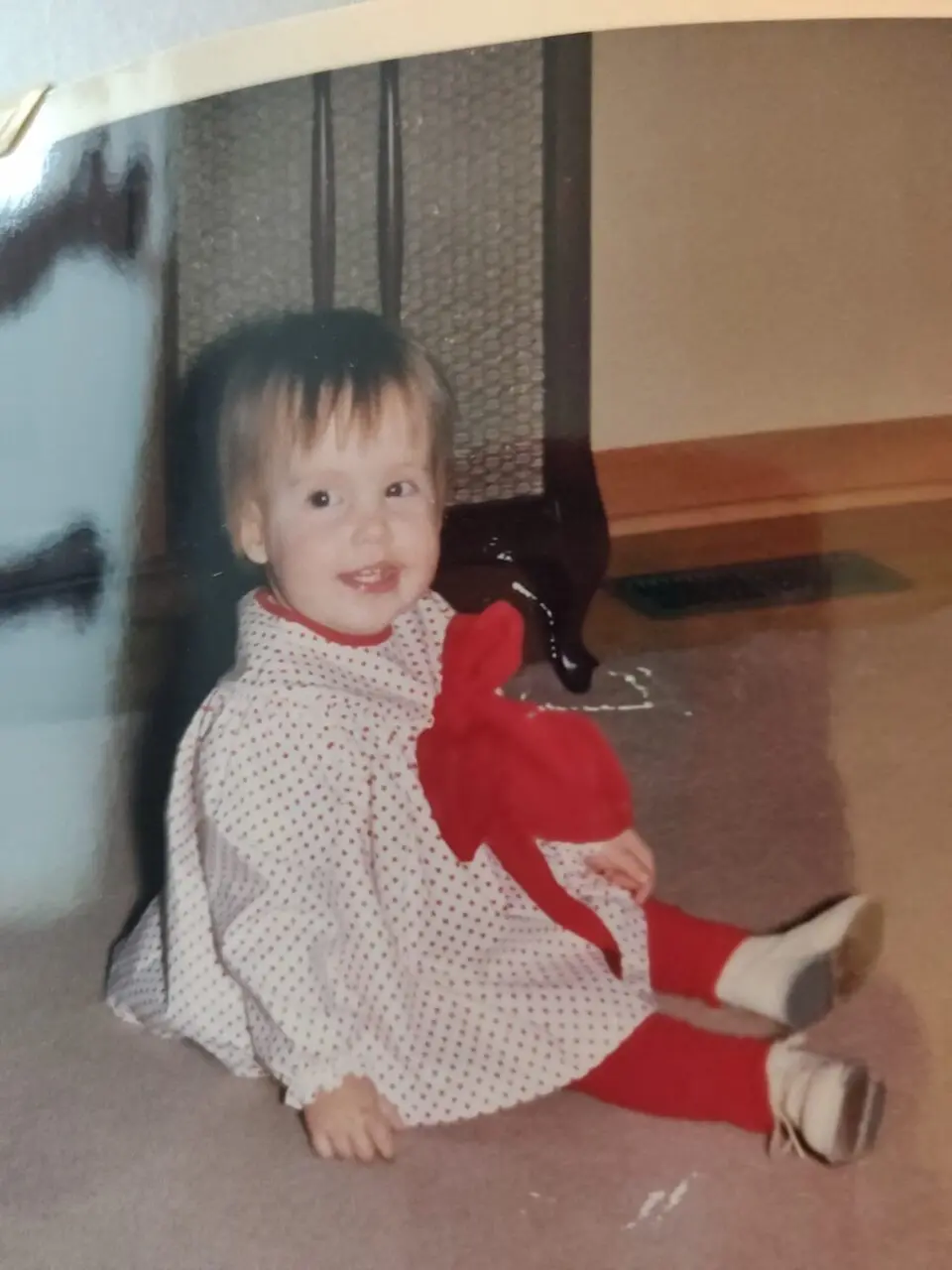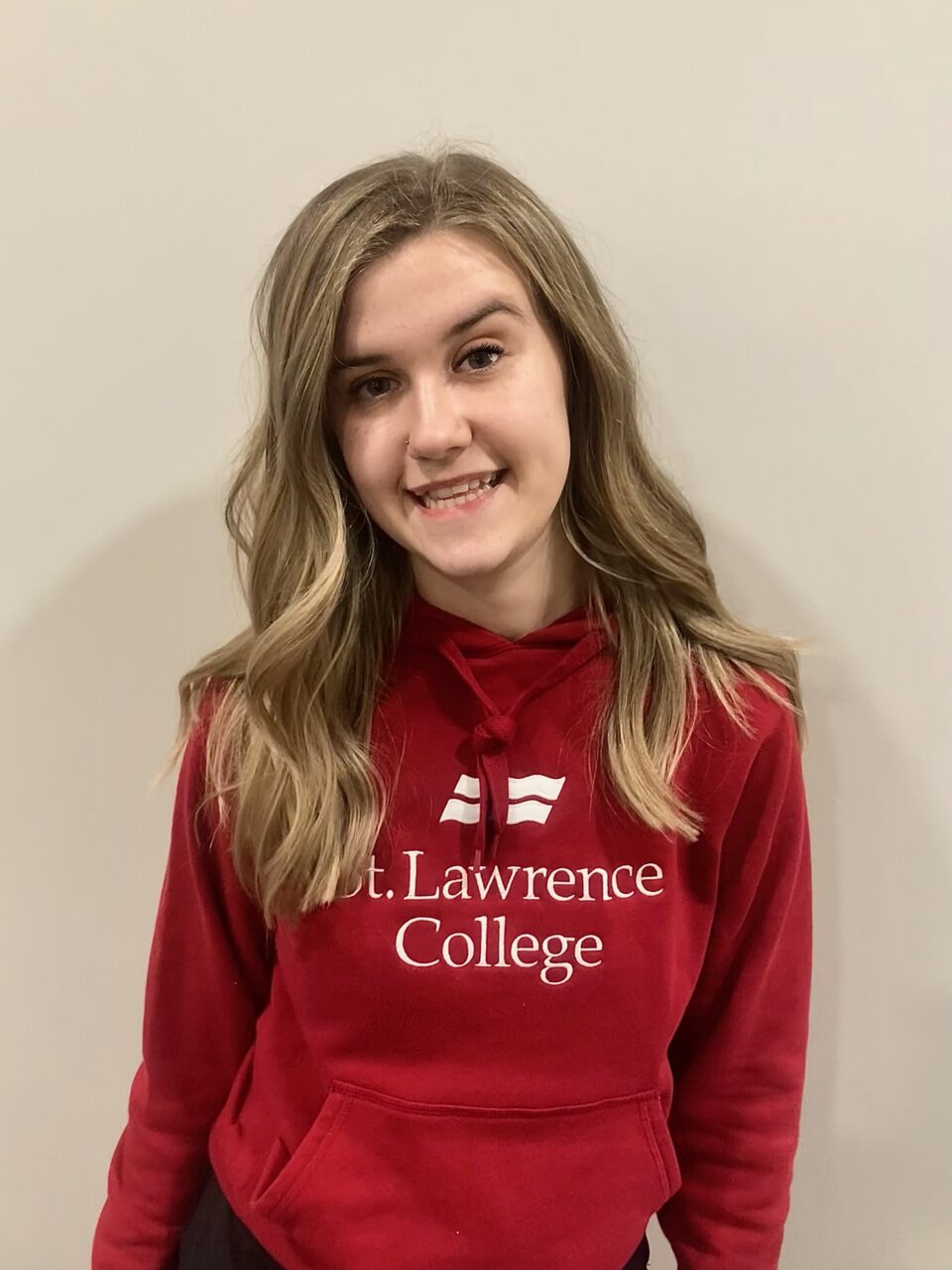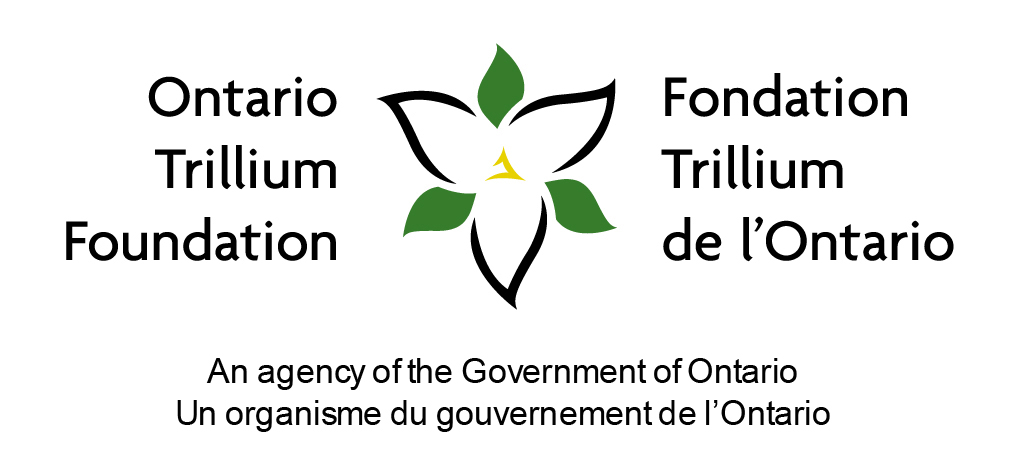by Mary Dufton
Forty-two-year-old Torontonian Nicole Neeson describes herself as resilient and resourceful. Moreover, she lives by the words in the song by Irving Berlin, “Anything you can do, I can do better.”
Immediately after her birth at Toronto Western Hospital she was rushed to the Hospital for Sick Children for surgery to treat her spina bifida and hydrocephalus. She stayed there for about two months to recover before going home. Like many individuals with hydrocephalus, Nicole had several shunt revisions before age two and many more shunt surgeries after that.
Nicole has many childhood memories of being in hospital, some of which revealed her mischievous side. Once she convinced the nurses that it was her birthday, in the middle of August, when her actual birthday was in April. Another time, when she and her hospital friend wanted baby clothes for their cabbage patch dolls, they were caught climbing the shelves in the clothes cupboard in search of them.
According to Nicole, “Growing up in Mississauga, with my mom, dad, younger sister, and brother, I was treated like any other kid in the neighborhood. I would be outside playing baseball and hockey in the street. It was a different time in the 80’s — everyone knew everyone in my neighborhood. At the age of nine, my parents split up and I moved from Mississauga to Brampton with my mom and siblings. This was just one of the many transitions I would have at a very young age.
“After we moved to Brampton, and I started a new school I was only there for about two months before the next major event happened. In February of 1991 I had a tethered cord release surgery. I was only supposed to be out of school for a few weeks. I remember telling the doctors that I couldn’t feel my legs. After a few weeks the nurses got me out of bed to stand up and I fell right away. This resulted in the biggest transition in my young life. I went from walking with forearm crutches to using a wheelchair full time. I spent a lot of time working with a tutor trying to keep up with my classmates. It wasn’t all negative though, one of my closest school friends would visit me regularly so that was definitely a positive.
“Rehabilitation was difficult, and I just found it easier to use the wheelchair. That year I barely saw the outside world. From February to September, I had 17 surgeries.
“I was moved from Sick Kids in the middle of September to Holland Bloorview for rehabilitation. While there I got the biggest morale boost granted to me. When I was about to be discharged at the end of October, I was asked to present a birdhouse to the late Princess Diana who was visiting the rehab centre on that same day.”
Returning to mainstream school was another transition for Nicole. “Not only was I going back to a school that I had only been at for a few months, but I had to adjust to going to a school where I was the first person with a disability at that school. I later moved again and started at another school where I would be the only student who had gone to that school with a disability.
Being different was not easy for Nicole. She remembers being bullied by her classmates. “I think they thought I was an easy target because of my disability. At some point I realized it was easier not to deal with my peers, so I started playing with my younger brother and his friends from grades one and two. I was in grade five.”
What helped Nicole with the school bullying was when she attended drop in clubs at the Erin oak treatment centre (now referred to as Erinoak Kids) when she was twelve. It was a positive experience because she felt like she fit and belonged. “I was very active in all their programs and social events and committees. At one point, I oversaw running their mentorship program for a time. I loved doing things like panel discussions and teaching my peers and colleagues about life skills for independent living such as navigating the streets in a wheelchair.”
When Nicole reached secondary school, she was no longer the only person there with a disability and the bullying stopped. However, she had to navigate the building with her wheelchair going from one floor to another, sometimes travelling long distances. “I had to get from home room which was on the upper level on the east side of the school to the audio-visual department on the lower level on the farthest side of the school. I made some of my best friends at that school and I was glad that I was not the only student with a disability.”
By the time Nicole turned 18, she developed a vast social network and planned dinner parties at the nearest restaurant with her friends. “I ran with that group of people for about 10 years before we all started to go our own ways. This was also the time that I ventured out on my own to live independently, or as independently as I could while needing attendant care.
“I lived in Mississauga for many years, working part time in Scarborough at Variety Village. This is where I would learn self advocacy skills and to advocate for others with disabilities. I ran a Christmas food/clothing drive with Birchmount Bluffs. Those days were hard because it was three hours one-way to get to work on Wheel Trans. That was until I finally was able to obtain accessible housing in Toronto. I think I have been in Toronto for about 18 years. Although I was in an accessible unit, I did not receive any assistance and had to do my own home care.”
Nicole met her husband, Bradley Gordon in the early 2000’s through powerchair hockey as they were in the same league. They dated for about five years before marrying in 2015. There were challenges in their relationship as he had muscular dystrophy and needed more care than she could provide. Sadly, he died in 2018.
For the past five years, Nicole has been an active volunteer in her community, working with the North Toronto Ontario Health Team revamping the health care system. She is also involved with Hydrocephalus Canada and March of Dimes Canada striving to make a difference for people with disabilities which is very important for her. She looks forward to reinstating the Toronto branch of Hydrocephalus Canada’s Tasters club this summer.
Nicole has had a life of transitions, both good and bad. However, she lives her life on her terms to the best of her ability, while making a difference for those of us with disabilities.
She offers the following advice for anyone living with spina bifida and/or hydrocephalus: “Do not let anyone tell you that you cannot do something. Do not be afraid to try new things. Trust your instincts, as only you know what is going on with your body. Spina bifida is known as the “snowflake condition” – no two journeys are the same. “





